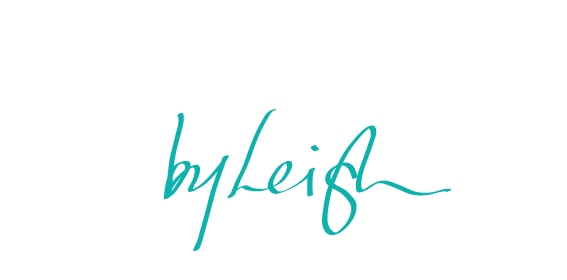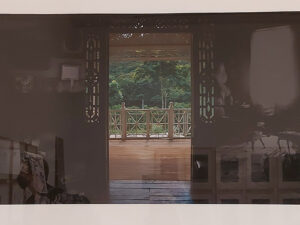
Featured Image: Partial of Ideas Forming by Stacey Leigh Ross
10 Feb 2019
Ain’t nothing can focus me like a deadline!
After one day of shadowing and co-teaching with the Pathway Leaders at the Foundation Centre, my very first full on teaching day in higher education (HE) was set for 5th February 2019. This would also be the day that I had my tutor observation, oh and by the way, my tutor is also my Teaching & Learning Unit Course Leader. No pressure!
Well I planned this like I plan all my other art education programmes.
Step 1 – What’s my objective? Refer to the brief if there is one.
Step 2 – What info will achieve that objective? Research. Research. Research.
Step 3 – What activities will engage, extract, excite students into this knowledge? More research.
Step 4 – Write out the entire plan (with a mix of bullet points and spiel/what I plan to say)
Step 5 – Add timings to ensure I stick to time
Step 6 – Cut, adapt, add content as needed to meet objectives, time & student engagement
Step 7 – Make Slides (if using PowerPoint)
Step 8 – Test it. (My kids and mum are my go-to guinea pigs but neither fit this target group. Hmmm…)
Step 9 – Cut, adapt, add content as needed to resolve problem identified during testing.
Step 10 – Practice with a timer and, if applicable, slides too.
Step 11 – Collect & Pack Props
Step 12 – Go forth and conquer!
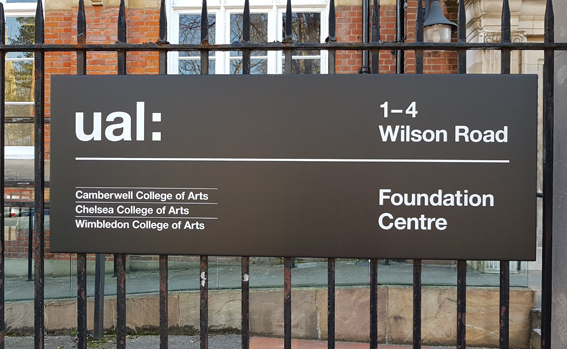
The Brief
The Design Pathway Leader asked me to prepare a 90-minute workshop called “Where did you come from & Where are you going?” for around 60 Theatre, Screen & Performance students. They were currently wading through “Arrivals”, the last project before their self-directed Final Major Project (FMP). Arrivals asked these students to explore their heritage and experiences then creatively present a piece that would give their peers and lecturers some insight into where they’ve come from, their journey to this moment at CCWFAD. They could be as literal or metaphorical as they liked.
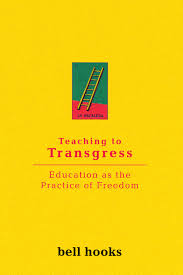
Front Cover 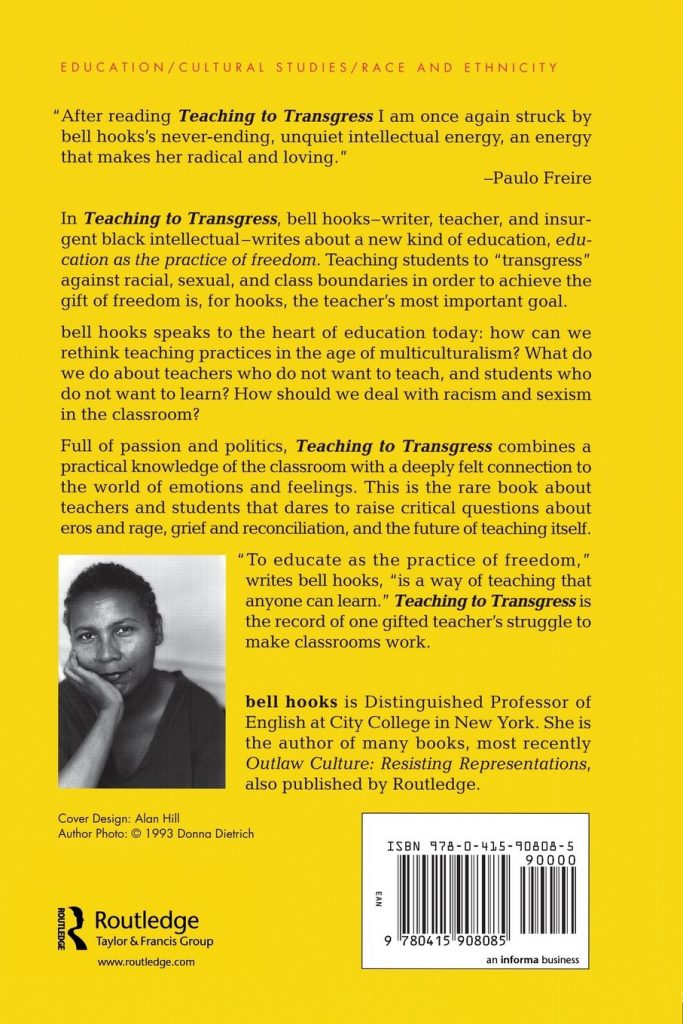
Back Cover
The Ideas
Immediately I knew how I wanted to work this. I had successfully used a timeline before with the Department for Education’s 8 to 18 year old Children & Youth Board and I felt a timeline could once more help my students to step back and gain some perspective on themselves and their lives. The entire workshop was built around moving the students from their past (then) through their present (now) and into ideas about their future. In hind sight I can be honest with myself and acknowledge that there was no research. There have been projects where I spent weeks on research but for some reason I did little to no research on this. I was in the middle of reading Teaching to Transgress (Hooks, 1994) and her loving approach to students really struck me. It validated my natural instinct and drive to help everyone, especially my students, to self-actualise. It honestly thrills me to help someone find their passion, see their eyes light up, know they have found something that energises them, and that they can now move through the world spreading joy with their talent. Maybe discovering that I wasn’t a weirdo and that genuine love for your students was “a thing” (a theory thing even!) made me lose my head. I relied heavily on past knowledge and experience to craft this workshop. Not the best approach but I learned later why, despite my usual inclination to research, it never occurred to me to do any research … stay tuned!
The Panic
I finished the skeleton plan for this workshop on one of my train journeys into London for class. At home, when it came to writing up the details of that skeleton, things changed and switched a bit. I ran my outline by my mum who has spent over 30 years of her life facilitating personal and professional development training. She poked holes all over the place and I plugged most of them by version 3 of the Plan.
I mention my mum because before the PgCert, she was the person who taught me (mostly by example and lived experiences) how to be a teacher. She trained to teach in primary and secondary schools and later as a Dale Carnegie Instructor but all her training and facilitation expertise comes from lots of reading, decades of experience supporting ‘difficult’ students (because no one else would), and the odd course here and there. She is what we call in Trinidad & Tobago ‘QbE’ – Qualified by Experience. The courses she did were always more about knowledge of a topic, not how to be trainer and so personal and professional development is not something I’ve ever thought about as a formal academic thing. Frankly, I assumed academia would frown upon this touchy-feely approach to student development. Hell, even Bell Hooks seemed to struggle to gain support for the loving, nurturing vibe in her classrooms. I was so convinced that this approach was completely non-academic that when I finished my detailed Workshop plan, I freaked out a little bit. Who on earth would let me ‘waste’ almost 2 hours of their teaching time to help students visualise their future? Am I setting myself up for problems with my peers from Day 1 with this workshop? A few days before the workshop, in an attempt to quell my rising panic I emailed my tutor –
“I’m worried the session I’ve planned for Tuesday may lead to some emotional responses because it involves picturing your future self…. Although the guidance is to picture successes and joyful outcomes… Sigh! It’s possible I’m just having a crisis of confidence, probably because I’m struggling to believe anyone would let me teach this stuff to a bunch of 18 yr olds but I’m taking Bell Hooks at her word (Teaching to Transgress) and teaching the whole student – mind, body and soul! And I don’t know how much of that is allowed… don’t worry, there is no religious persuasion of any type in the workshop plan. *Deep breath*”
My tutor successfully calmed me with,
“…Parker Palmer’s The Courage to Teach, or even – if you want to get spiritual – Chris Bache’s The Living Classroom: Teaching and Collective Consciousness. As a complement to the woo-woo, I think Padraig Hogan’s The New Significance of Learning is a beautiful (and philosophically rigorous) argument for education as an end in itself.”
Although I didn’t have time to get and read the books she mentioned before the workshop, I browsed them on Google Books and felt better knowing that I wasn’t the only nutter that wanted to take a more holistic approach to teaching. So I re-read my plan and practiced, tweaking as I went along.
The Penny Drops
I had selected activities I’d used or seen previously, adapting them to suit this situation. I tapped past experience to anticipate various reactions to the activities, and prepared alternatives to ensure everyone benefitted from each activity. I made sure to mix up the types of activities and let those activities teach the lesson rather than me blabbering endlessly at a captive audience. Also, as this was quite a personal session with a very new (to-me) group of students I wanted to build their trust by being open about some of my own experiences to illustrate key points.
Recently, I’d read Daring Greatly (Brown, 2012) and I distinctly remember Dr Brené Brown talking about how she decides which personal stories to share.
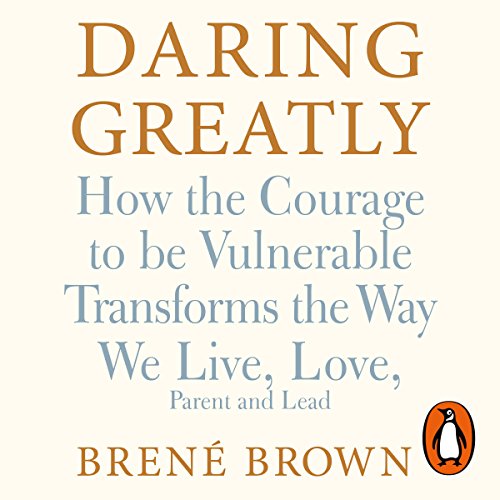
“I don’t tell stories or share vulnerabilities with the public until I’ve worked through them with the people I love. I have my own boundaries around what I share and what I don’t share and I stay mindful of my intentions.”
– Dr Brené Brown, 2012
I let this guide me as I planned my little spiels in between activities.
It was only while typing this blog and reflecting on the entire experience that I realised I did use theory after all. I just stupidly, never referenced it. Some of the books that my mum and I had read over the years were theory and so they were viable reference points. It just took a few more weeks of PgCert lectures and tutorials before the penny dropped and I could see clearly how both my mum and I use theory to inform our practice. Our downfall is that we don’t cite it. We absorb it into the way we operate, mix it with other concepts we’ve read and it becomes a thing we do so much that it seems organic; while to my mind referencing was more of a formal thing you did in essays and texts, or with quotes. Seeing how my PgCert lecturers used referencing while teaching was a real eye opener for me and it totally changed the way I approached use of references in my teaching. Alas, my eureka moment did not arrive in time for this workshop.
References
Brown, B., 2012. Daring Greatly. How the Courage to Be Vulnerable Transforms the Way We Live, Love, Parent and Lead. London: Penguin Books.
Hooks, B., 1994. Teaching to Transgress – Education as the Practice of Freedom. Oxon: Routledge.
Want to know how it turned out?
Click here to read all about the teaching and learning experience. Click here to check out student feedback and the lessons that will be informing my teaching practice from this point onward.
